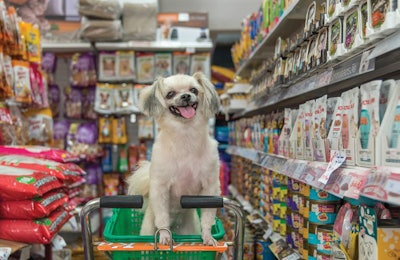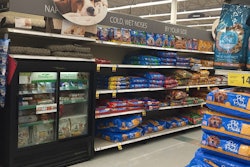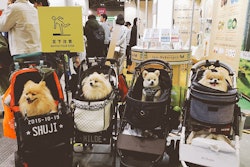
Pet food producers and retailers regularly undertake pricing strategies that can impact the perception of consumers and their buying decisions. For example, in Chile in 2021, pet food products in small packages cost three times more than similar products in larger package sizes, according to a study by the National Service for Consumers (Sernac).
The field study included a sample of 205 products from 16 brands of both domestic and imported dry dog and cat food. The comparative analysis addressed three variables: prices, the information provided to consumers (labeling) and technical analysis of product formulations.
Pet food price variation by packaging size generates profits
According to Sernac’s categorization, small packages of dog food are 15 kilos or less, while small packages of cat food are 3 or less kilos. The study revealed that, on average, small packages of dry cat food cost up to 3.6 times that of large packaging sizes. As for dry dog food products, the price difference is three times more for small packages than for large package sizes.
Marketing claims may cause confusion among consumers
In addition, the study warned that most brands print phrases on their packaging, such as premium and high-premium, regardless of the true formulation quality. Because there are no regulations in Chile to establish technical parameters to use these phrases on a pet food product, such claims are for marketing purposes.
These premium marketing claims may generate higher expectations among consumers about the product quality than what it is worth, according to Sernac. For example, some of the priciest pet food products labeled as super-premium contain less protein than other products marketed as premium.
Pet food pricing strategies may have to change soon
As the global economy is experiencing increasing pressures on the prices of raw inputs and logistics, pet food products likely must raise prices, too. Accordingly, the pet food pricing strategies of the Chilean retail arena may need to adapt to a rising inflation scenario, possibly by narrowing price gaps between packaging sizes.















